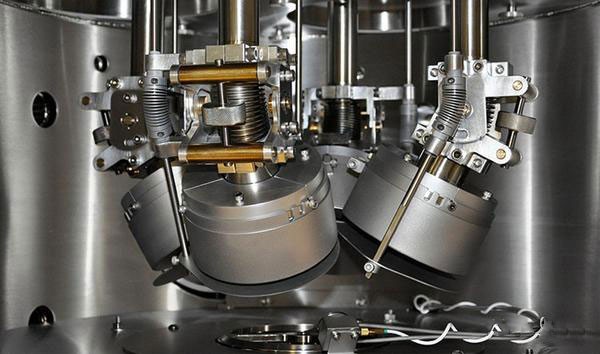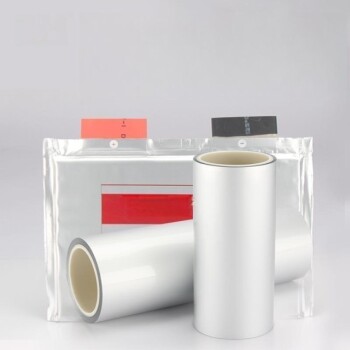Introduction to Magnetron Sputtering Power Supplies
Types of Power Supplies
In magnetron sputtering technology, the choice of power supply plays a crucial role in determining the characteristics of the deposited film. Power supplies can be categorized into several types, each with distinct operational principles and effects on the sputtering process. The primary types include direct current (DC), pulsed direct current (PDC), and radio frequency (RF) power supplies, each offering unique advantages and influencing the target surface morphology and film quality in different ways.
DC power supplies are the most straightforward, providing a continuous flow of electrical current to the target material. This continuous power delivery results in a steady sputtering rate, which can be beneficial for maintaining consistent film thickness. However, it can also lead to higher surface roughness and the formation of tiny particles or cracks on the film surface.
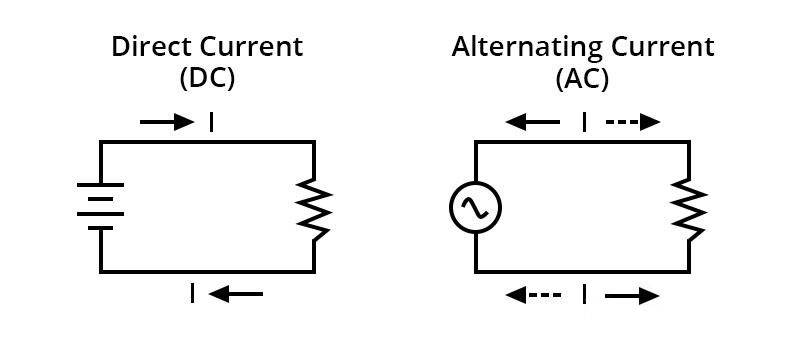
PDC power supplies, on the other hand, deliver electrical current in pulses rather than continuously. This pulsed approach allows for precise control over the energy delivered to the target, which can significantly improve the smoothness of the film surface. By modulating the energy in pulses, PDC power supplies can reduce surface roughness and enhance the uniformity of the deposited film, making them particularly effective for applications requiring high-quality, smooth coatings.
RF power supplies are often used for sputtering non-conductive materials. They operate by generating a high-frequency alternating current, which creates a more active plasma environment. This enhanced plasma activity promotes better atom rearrangement during the deposition process, leading to a more homogeneous crystal structure in the film. RF power supplies are particularly advantageous for achieving improved film surface flatness and structural integrity, especially for materials that are difficult to sputter using DC or PDC methods.
In summary, the selection of a power supply in magnetron sputtering is not merely a technical choice but a strategic decision that can profoundly influence the final properties of the sputtered film. Each type of power supply—DC, PDC, and RF—offers distinct benefits and challenges, making it essential to carefully consider the specific requirements of the application when choosing the appropriate power supply for the sputtering process.
Impact on Plasma Characteristics
The type of power supply plays a critical role in shaping the plasma environment during the sputtering process. Specifically, the power supply directly influences plasma density, temperature, and energy distribution, which in turn significantly impact the sputtering process and the target surface.
For instance, DC power supplies tend to generate a higher plasma density, which can lead to more energetic ions bombarding the target surface. This increased energy can result in a more aggressive sputtering process, potentially causing rougher target surfaces and higher material erosion rates.
In contrast, Pulsed DC (PDC) power supplies offer a more controlled energy distribution. By pulsing the current, PDC power supplies can regulate the ion energy more precisely, leading to a more uniform sputtering process. This controlled energy distribution can result in smoother target surfaces and more uniform film deposition.
Radio Frequency (RF) power supplies are particularly effective in generating a stable plasma environment, especially for non-conductive targets. The RF power supply enhances plasma activity, promoting better atom rearrangement and leading to a more homogeneous crystal structure. This improved plasma activity can significantly enhance the quality of the sputtered film, particularly in terms of surface flatness and structural integrity.
In summary, the choice of power supply directly affects the plasma characteristics, which in turn influences the sputtering process and the final morphology of the sputtered film. Each type of power supply—DC, PDC, and RF—offers distinct advantages and challenges, making it essential to select the appropriate power supply based on the desired film properties and target material.
Effects on Film Layer Properties
Surface Roughness
When comparing the effects of different power supplies on the surface roughness of sputtered films, pulsed DC (PDC) power supplies emerge as a clear winner. Unlike their DC counterparts, PDC power supplies facilitate the formation of smoother film surfaces. This smoother surface is attributed to the controlled energy delivery and reduced thermal stress during the deposition process.
In contrast, traditional DC power supplies often result in increased surface roughness. This roughness can lead to the formation of tiny particles or cracks, which can be detrimental to the film's integrity and performance. The continuous nature of DC power delivery tends to cause localized overheating and irregular sputtering, contributing to these surface imperfections.
| Power Supply Type | Surface Roughness | Potential Issues |
|---|---|---|
| Pulsed DC (PDC) | Smoother surfaces | Reduced roughness, fewer particles or cracks |
| Direct Current (DC) | Increased roughness | Formation of tiny particles or cracks |
The choice of power supply thus plays a crucial role in determining the final quality of the sputtered film. For applications requiring high surface smoothness and minimal defects, PDC power supplies offer a significant advantage over DC power supplies.
Interface Bonding
Pulsed power supplies play a pivotal role in enhancing the energy of particles, which in turn significantly improves the bonding between the film and the substrate. This improvement is crucial for several reasons:
-
Enhanced Particle Energy: By delivering energy in controlled pulses, these power supplies ensure that the particles have sufficient energy to effectively bond with the substrate. This energy boost is particularly beneficial in overcoming the natural resistance to bonding that can occur during the deposition process.
-
Reduction of Film Peeling and Cracking: The increased particle energy not only facilitates better bonding but also helps in reducing the incidence of film peeling and cracking. This is because the enhanced bonding strength acts as a stabilizing force, preventing the film from detaching from the substrate under stress or environmental changes.
-
Improved Film Integrity: The use of pulsed power supplies results in a more robust and durable film structure. This is evidenced by the reduced number of defects and the overall improved mechanical properties of the film, which are essential for applications where film integrity is critical.
In summary, pulsed power supplies offer a superior method for achieving strong and durable film-substrate interfaces, making them indispensable in advanced sputtering processes.
Film Structure Characterization
RF power supplies play a pivotal role in enhancing plasma activity, which in turn promotes the rearrangement of atoms within the film. This rearrangement is crucial for the formation of a more homogeneous crystal structure. The waveform of the RF power supply significantly influences the defect concentration and grain size within the film. Specifically, different waveforms can either reduce or increase the presence of defects, which directly impacts the overall quality and durability of the sputtered film.
For instance, a sinusoidal waveform might lead to a higher concentration of defects due to the uneven energy distribution, whereas a square waveform could facilitate a more uniform energy distribution, thereby reducing defect concentration. Additionally, the grain size of the film is also modulated by the waveform, with certain waveforms promoting larger grain formation, which can enhance the mechanical properties of the film, such as its hardness and wear resistance. Conversely, smaller grains can improve the film's electrical conductivity and optical properties.
| Waveform Type | Defect Concentration | Grain Size | Film Properties Affected |
|---|---|---|---|
| Sinusoidal | High | Variable | Durability, Hardness |
| Square | Low | Uniform | Conductivity, Optical |
In summary, the choice of RF power supply waveform is a critical factor in determining the structural integrity and functional properties of the sputtered film.
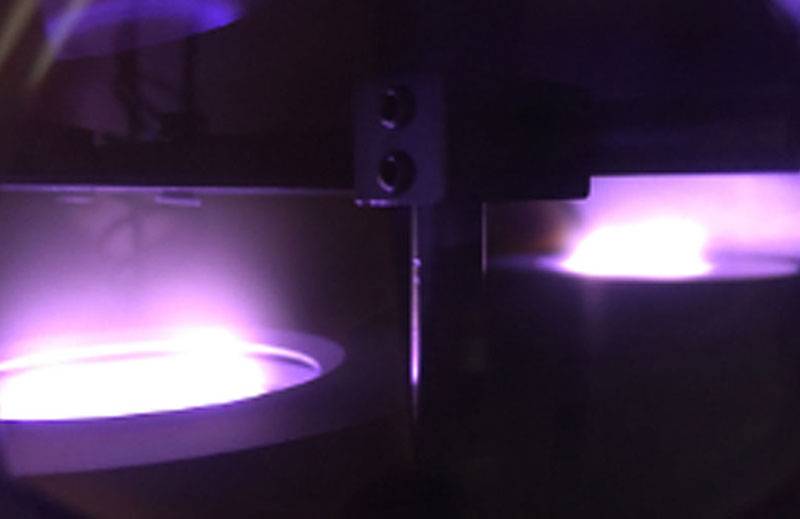
Stress State
The stress state within sputtered films is a critical factor that significantly influences their mechanical properties and overall performance. Pulsed power supplies, in particular, play a pivotal role in managing this stress by carefully regulating the kinetic energy of the particles during the deposition process. This regulation leads to a reduction in internal film stress, which is often a primary cause of film cracking and delamination.
By modulating the energy input, pulsed power supplies can mitigate the build-up of compressive or tensile stress within the film. This moderation is achieved through precise control over the energy distribution in the plasma, ensuring that the film grows under more favorable conditions. As a result, the film's resistance to cracks is enhanced, and its overall toughness is improved. This is particularly advantageous in applications where the film's integrity must be maintained under various mechanical stresses, such as in wear-resistant coatings or flexible electronics.
In summary, the use of pulsed power supplies not only enhances the film's surface properties but also fortifies its internal structure, making it more resilient to mechanical failures. This dual benefit underscores the importance of selecting the appropriate power supply type to achieve the desired film characteristics and performance.
Summary of Power Supply Effects
DC Power Supply
The use of a DC power supply in magnetron sputtering processes often leads to several notable issues in the morphology of the sputtered films. One of the primary concerns is the increased production of particles. These particles can originate from various sources, including the target material itself or the interactions within the plasma. As a result, the film surface tends to exhibit a higher degree of roughness compared to films produced using other types of power supplies, such as pulsed direct current (PDC) or radio frequency (RF).
Moreover, the uneven distribution of the film is another significant drawback associated with DC power supplies. This unevenness can be attributed to the continuous nature of the DC current, which does not allow for the same level of control and modulation as pulsed currents. Consequently, areas of the film may be over-sputtered, leading to localized thinning or even holes, while other areas may receive insufficient sputtering, resulting in uneven thickness and density.
In summary, while DC power supplies are effective for certain applications, their limitations in controlling particle formation, surface roughness, and film uniformity necessitate careful consideration when selecting a power supply for specific sputtering needs.
Pulsed DC Power Supply
The utilization of pulsed DC power supplies in magnetron sputtering technology offers significant advantages in enhancing the quality of sputtered film layers. One of the most notable benefits is the reduction in surface roughness. Unlike traditional DC power supplies, which can lead to the formation of tiny particles and cracks, pulsed DC power supplies produce smoother film surfaces. This smoother surface is attributed to the controlled energy distribution and plasma characteristics, which minimize irregularities during the deposition process.
Moreover, pulsed DC power supplies contribute to improved deposition uniformity. By regulating the kinetic energy of particles, these power supplies ensure a more consistent and uniform film deposition across the substrate. This uniformity is crucial for applications requiring precise and homogeneous film layers, such as in microelectronics and optical coatings.
In summary, the adoption of pulsed DC power supplies results in smoother surfaces, reduced roughness, and enhanced deposition uniformity, making them a preferred choice for applications demanding high-quality sputtered films.
RF Power Supply
The radio frequency (RF) power supply plays a pivotal role in enhancing the quality of sputtered films, particularly when dealing with non-conductive targets. This power supply method significantly improves the surface flatness of the deposited films, ensuring a smoother and more uniform coating. The RF power supply achieves this by optimizing the plasma activity, which facilitates better atom rearrangement during the sputtering process.
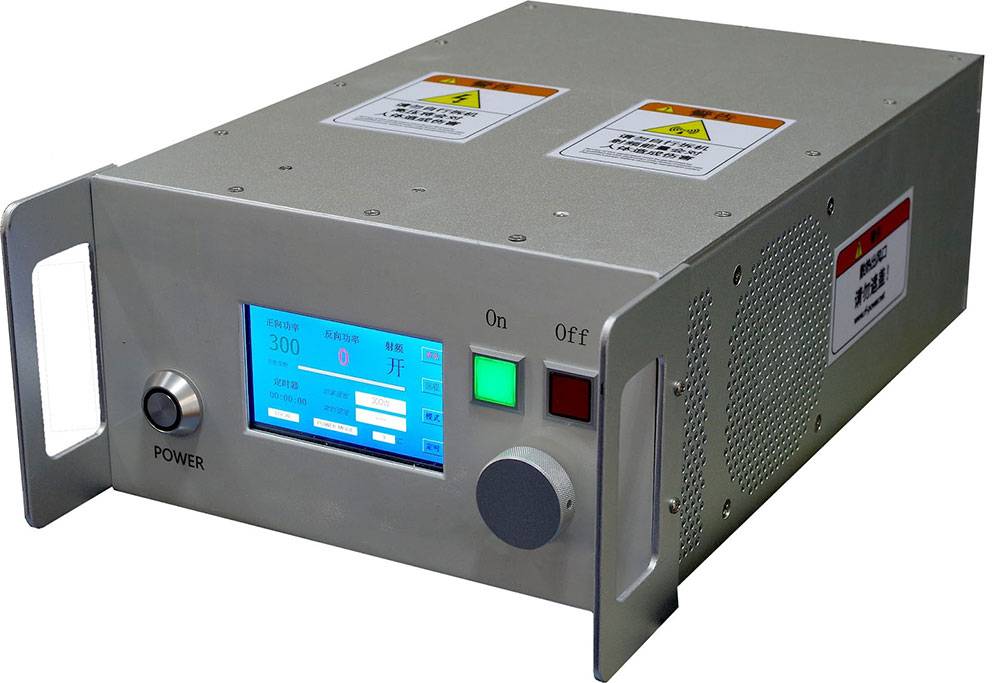
One of the key advantages of using an RF power supply is its ability to promote a more homogeneous crystal structure. This is particularly beneficial for non-conductive materials, which often face challenges in maintaining structural integrity and uniformity. The enhanced plasma activity not only aids in the formation of a more ordered crystal lattice but also reduces the concentration of defects within the film.
Moreover, the RF power supply's impact on the plasma characteristics is crucial. By influencing the plasma density, temperature, and energy distribution, the RF power supply creates an environment that is conducive to the deposition of high-quality films. This is evidenced by the reduction in grain size and the overall improvement in the structural properties of the film.
In summary, the RF power supply not only improves the surface flatness and crystal structure of sputtered films but also addresses the specific challenges associated with non-conductive targets. This makes it an indispensable tool in the field of magnetron sputtering for achieving superior film quality.
Related Products
- Inclined Rotary Plasma Enhanced Chemical Vapor Deposition PECVD Equipment Tube Furnace Machine
- RF PECVD System Radio Frequency Plasma-Enhanced Chemical Vapor Deposition RF PECVD
- Microwave Plasma Chemical Vapor Deposition MPCVD Machine System Reactor for Lab and Diamond Growth
- Inclined Rotary Plasma Enhanced Chemical Vapor Deposition PECVD Equipment Tube Furnace Machine
- Cylindrical Resonator MPCVD Machine System Reactor for Microwave Plasma Chemical Vapor Deposition and Lab Diamond Growth
